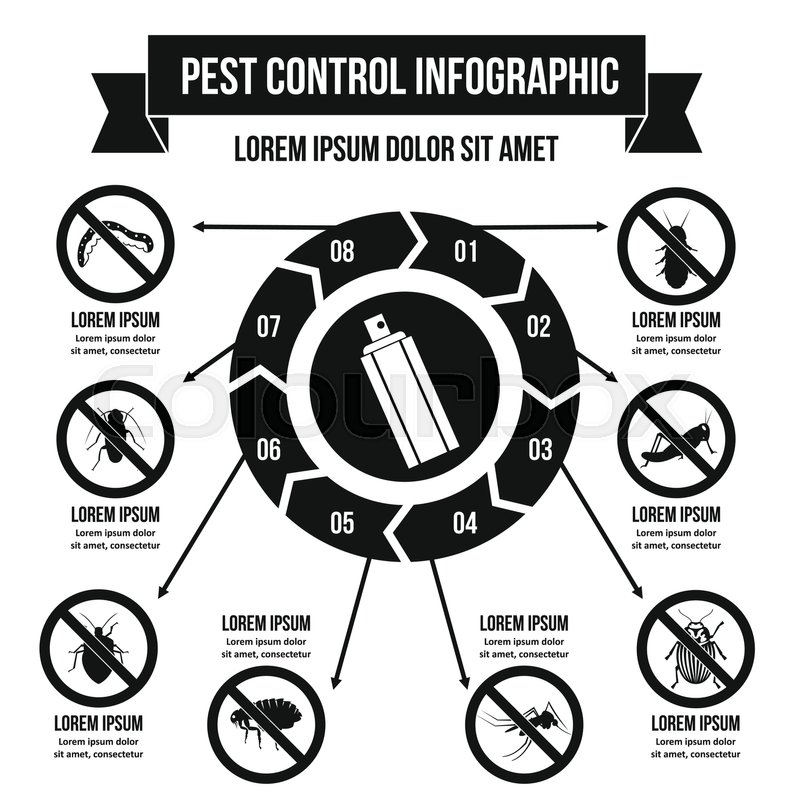Rodent-Proofing Your Attic: Vital Tips For Homeowners
Rodent-Proofing Your Attic: Vital Tips For Homeowners
Blog Article
Content Create By-Ellegaard Park
Imagine your attic as a comfy Airbnb for rats, with insulation as fluffy as hotel cushions and electrical wiring a lot more tempting than space solution. Now, picture these unwanted visitors throwing a wild celebration in your home while you're away. As a house owner, guaranteeing your attic is rodent-proof is not almost assurance; it has to do with safeguarding your property and liked ones. So, what simple steps can you require to secure your refuge from these furry intruders?
Evaluate for Access Details
To start rodent-proofing your attic, inspect for access points. Beginning by thoroughly examining the exterior of your home, seeking any openings that rodents might make use of to access to your attic room. Look for gaps around energy lines, vents, and pipes, along with any kind of cracks or openings in the structure or house siding. Make certain to pay attention to locations where different structure materials fulfill, as these are common access points for rats.
Additionally, check the roof for any kind of harmed or missing out on tiles, along with any voids around the edges where rodents could press with. Inside the attic room, seek indicators of existing rodent activity such as droppings, chewed cords, or nesting materials. Utilize a flashlight to thoroughly check dark corners and covert areas.
Seal Cracks and Gaps
Examine your attic extensively for any cracks and spaces that require to be sealed to stop rodents from entering. Rodents can press with even the tiniest openings, so it's crucial to secure any prospective entrance points. Check around pipes, vents, cords, and where the walls fulfill the roofing system. Use a mix of steel woollen and caulking to seal off these openings efficiently. Steel wool is an exceptional deterrent as rats can't eat with it. Guarantee that all voids are securely sealed to reject access to unwanted bugs.
Do not ignore the relevance of sealing spaces around windows and doors too. Usage weather removing or door moves to seal these areas efficiently. Inspect the areas where utility lines enter the attic and seal them off making use of an appropriate sealer. By taking the time to seal all fractures and spaces in your attic, you produce an obstacle that rodents will certainly locate challenging to breach. Prevention is key in rodent-proofing your attic, so be detailed in your efforts to seal any potential entry factors.
Remove Food Sources
Take proactive actions to eliminate or store all prospective food sources in your attic to deter rodents from infesting the area. kill black ants in yard are brought in to food, so removing their food sources is important in maintaining them out of your attic room.
Right here's what you can do:
1. ** Shop food securely **: Stay clear of leaving any food products in the attic. Store all food in closed containers constructed from steel or heavy-duty plastic to avoid rats from accessing them.
2. ** Tidy up debris **: Get rid of any type of heaps of particles, such as old newspapers, cardboard boxes, or wood scraps, that rats could use as nesting product or food resources. Keep the attic room clutter-free to make it less appealing to rats.
3. ** Dispose of waste correctly **: If you utilize your attic for storage space and have rubbish or waste up there, make certain to dispose of it routinely and correctly. Rotting trash bin attract rodents, so keep the attic tidy and without any kind of natural waste.
Conclusion
To conclude, bear in mind that an ounce of prevention is worth an extra pound of remedy when it comes to rodent-proofing your attic.
By putting in the time to examine for access factors, seal cracks and spaces, and eliminate food sources, you can maintain unwanted pests away.
Keep in mind, 'An ounce of prevention is worth an extra pound of cure' - Benjamin Franklin.
Stay positive and shield your home from rodent problems.
